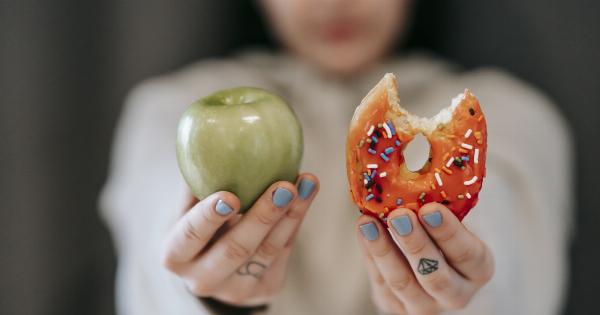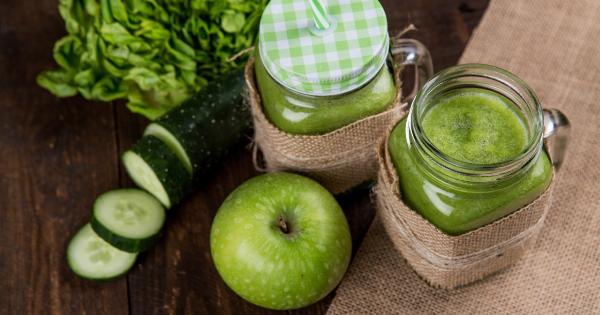Potatoes are a staple food in many households, loved for their versatility and delicious taste. But with so many different types of potatoes available, it can be difficult to determine which reigns supreme.
In this article, we will explore the factors that make a potato superior and analyze the Glycemic Index (GI) and Glycemic Load (GL) of various potato varieties to help you make an informed decision.
What is Glycemic Index (GI)?
The Glycemic Index (GI) is a measure of how quickly carbohydrates in a food are converted into glucose and raise blood sugar levels.
It ranks foods on a scale from 0 to 100, with higher values indicating faster absorption and a greater impact on blood sugar levels. Foods with a low GI (55 or less) are considered to have a smaller and slower effect on blood sugar, making them a better choice for individuals looking to manage their blood sugar levels.
What is Glycemic Load (GL)?
The Glycemic Load (GL) takes into account both the quality and quantity of carbohydrates in a food. It is obtained by multiplying the GI of a food by the amount of carbohydrates it contains and dividing the result by 100.
Unlike the GI, which only considers the impact of a unit of carbohydrate, the GL provides a more accurate measure of the actual impact of the entire portion consumed.
Varieties of Potatoes and their GI and GL
1. Russet Potatoes.
Russet potatoes are a popular choice for baking and mashing. They have a high GI of around 85 and a medium GL, making them less suitable for individuals looking to manage their blood sugar levels.
2. Red Potatoes.
Red potatoes have a lower GI than Russets, ranging from 55 to 85. They also have a medium GL, making them a slightly better option for those concerned about blood sugar.
3. Sweet Potatoes.
Sweet potatoes are often praised for their nutritional value and lower GI. They have a medium GI of around 55, but their GL is lower than that of regular potatoes, making them a good choice for individuals seeking to control their blood sugar levels.
4. Yukon Gold Potatoes.
Yukon Gold potatoes have a lower GI compared to Russets, ranging from 53 to 70. They have a medium GL, providing a better alternative to Russets for individuals watching their blood sugar levels.
5. Purple Potatoes.
Purple potatoes have a relatively low GI and are rich in antioxidants. Their GI ranges from 50 to 59, and their GL is also relatively low. They are an excellent choice for those looking for a healthy potato option.
6. Fingerling Potatoes.
Fingerling potatoes have a low GI of around 53 and a lower GL compared to other varieties. Their smaller size also makes portion control easier, making them a good choice for those mindful of their blood sugar levels.
7. White Potatoes.
White potatoes have a moderate GI of around 56 to 69 and a medium GL. While they do have a higher GI than some other potato varieties, portion control and preparation methods can still make them a viable option for most individuals.
8. New Potatoes.
New potatoes have a similar GI to white potatoes, ranging from 55 to 70. Their GL tends to be moderate as well. However, their smaller size allows for better portion control, making them a suitable choice for those managing their blood sugar levels.
9. Gold Potatoes.
Gold potatoes have a lower GI compared to white potatoes, ranging from 60 to 70. They have a medium GL, making them a better option for individuals concerned about their blood sugar.
10. Petite Potatoes.
Petite potatoes, often used for roasting and boiling, have a similar GI to white potatoes, ranging from 60 to 80. Their GL is moderate as well. However, like other smaller potato varieties, portion control can be more easily managed.
Choosing the Right Potato
When choosing a potato variety, it’s important to consider your individual dietary needs and goals. Here are some general tips:.
– If you’re concerned about blood sugar levels or following a low-GI diet, opt for sweet potatoes, purple potatoes, Yukon Gold potatoes, or fingerling potatoes.
– If you’re not overly concerned about blood sugar levels and are looking for a versatile potato, white potatoes, new potatoes, gold potatoes, or petite potatoes can be a good choice.
– Consider portion sizes and cooking methods. Smaller potatoes generally provide better portion control and can be boiled, roasted, or grilled with minimal added fats for healthier preparation.
In Conclusion
While the GI and GL of potatoes vary across different varieties, it’s important to note that the overall impact on blood sugar levels can be influenced by various factors, including portion sizes, cooking methods, and the presence of other foods in a meal. It’s always a good idea to consult with a healthcare professional or registered dietitian to personalize your dietary choices based on your specific health goals and conditions.





























